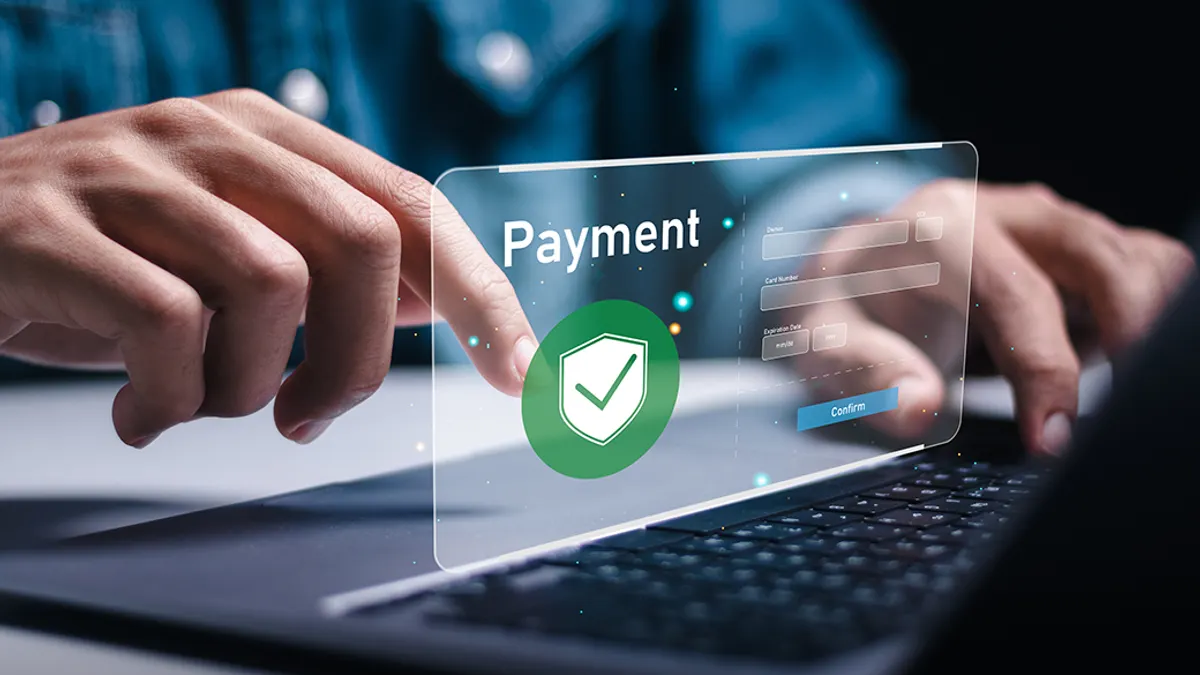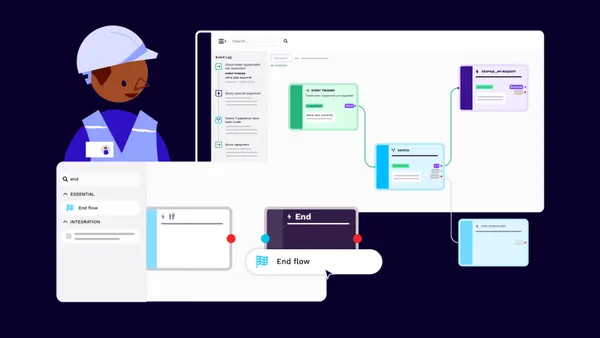Credit cards used to be pulled out of our wallets only in case of an emergency. Almost out of gas, a surprise dinner bill, but rarely for everyday expenses like bill payments. Over time, consumer comfort has grown. What was once reserved for urgent expenses has now expanded to cover optional spending and paying bills.
As a billing and payments solution provider, KUBRA wanted to better understand how and why this shift is happening. So we conducted research to uncover how consumers are using credit cards to pay their bills. What we learned offers a snapshot of what today’s consumers value when it comes to managing their bills and how billers can better support those expectations.
How Credit Cards Fit Into the Bill-Payment Mix
Not everyone is comfortable using credit cards for bill payments, and even those who are don’t tend to go all in. This is backed by our research, which showed that 52% of consumers use credit cards for some of their bills, but not all. When it comes to other methods, 62% turn to bank transfers, and another 56% use debit cards. This mix-and-match approach suggests that consumers are weighing factors like convenience, flexibility, and control with each payment decision.
How Consumers Use Credit Cards Across Different Bills
Turns out, people are choosy. Certain bills are far more likely to land on a credit card than others. Subscriptions, like streaming services, are particularly popular, with 59% of respondents using credit cards for these payments. Internet and phone bills follow closely behind at 54%, and utilities come in at 42%. In contrast, only 10% of consumers use credit cards to pay rent or mortgage. This shows that while consumers recognize the benefits of credit cards as a payment method, certain constraints or individual preferences prevent full adoption.
Card ownership also plays a role. Most consumers (77%) carry two or more, likely making it easier to assign certain cards to specific types of expenses. Meanwhile, 18% prefer to carry only one card, pointing to a more simplified or cautious financial strategy.
What Turns Consumers Off Credit Cards for Bill Pay
There is no single reason people stop using credit cards to pay their bills, but our research showed a few that stand out. Costs lead the pack with 37% of respondents pointing to interest rates and fees as dealbreakers. Next up is debt anxiety for 23% and concerns about overspending for another 18%. Faced with financial pressure, some consumers choose the safer path.
Other turn-offs? Changes to rewards programs (21%), billers not accepting cards anymore (21%), and bad customer service (11%). Essentially, when the perks are no longer appealing or the process is frustrating, consumers change their behavior for something that suits them better.
The Pull Factors Behind Credit Card Bill Pay
No surprise here, rewards and cashback are major motivators for using credit cards. Whether it’s points toward a flight or a kickback at the gas pump or grocery store, 66% of consumers said they’d be more likely to use their credit cards for bill payments if these perks were on the table. Beyond rewards, 48% pointed to lower fees and interest rates as key motivators, while 35% said better security would win them over. Convenience matters too. 34% value ease of use, and 26% said AutoPay options make credit cards more appealing for managing bills.
Time To Rethink the Role of Credit Cards
If there’s one thing KUBRA’s 2025 research makes clear, it’s that credit cards aren’t just for rainy days anymore. More consumers are reaching for them to manage everyday expenses, including bill payments.
As habits shift, so should the way billers think about payment options. Now is the time to evaluate whether your payment experience aligns with evolving consumer behavior. Billers who adapt early can tap into a growing preference, increase customer satisfaction, and potentially drive faster payments. Those who don’t? Risk being left behind.
Want the full story? Download the white paper: KUBRA 2025 Credit Card Usage for Bill Payments Research.










